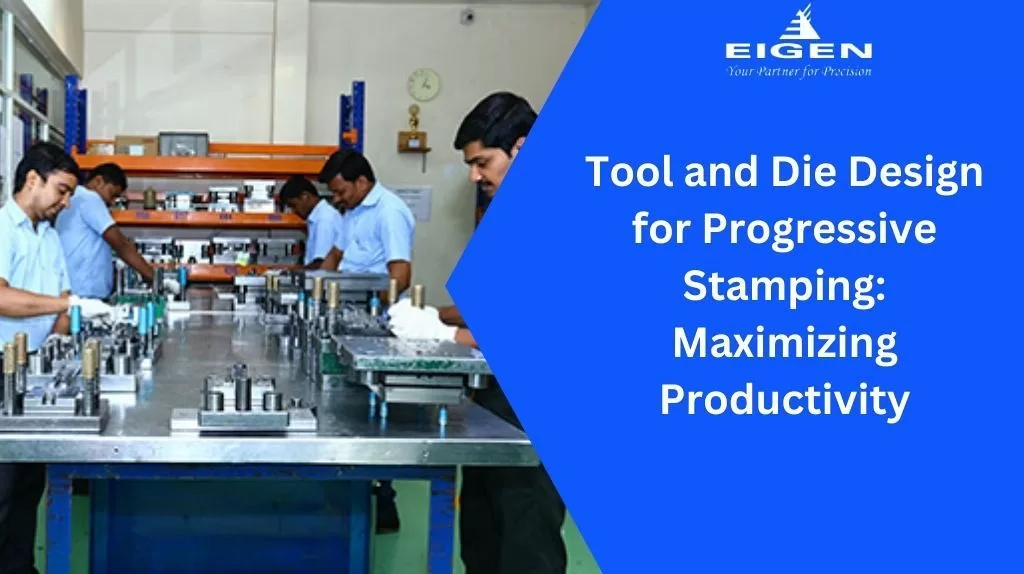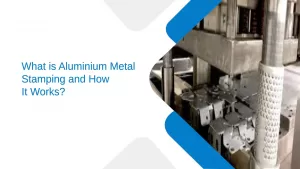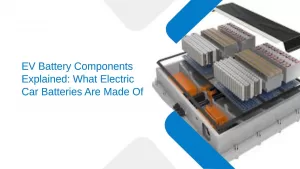Tool and Die Design for Progressive Stamping: Maximizing Productivity
- Progressive Die Stamping |
- Jul 15, 2024

In recent days, many stamping methods have become available. Among all of them, have you heard about Progressive Stamping?
Progressive stamping die design is a specialist subject of manufacturing engineering that focuses on developing tooling systems capable of producing complex metal components rapidly and precisely. This approach has served as the foundation for a variety of industries.
It ensures precision and efficiency in each piece produced. In this post, you can see the tool and die design for progressive stamping:
Understand Progressive Die Stamping
Progressive die stamping commonly known as prog die stamping is a versatile method that enables the efficient and cost effective production of a wide range of parts and products. It can produce metal components in a variety of forms and sizes. It results in lower manufacturing costs and shorter lead times.
During the progressive die stamping process, a stock strip transports the part through a sequence of independent work stations, each of which performs a different operation on the workpiece, such as bending, punching, or coining.
As the part travels through each station, it gradually acquires the required size and shape. Once completed, the part is removed from the stock strip to expose the finished product.
Benefits Of Progressive Die Stamping
Progressive die metal stamping increases production by using a continuous feed mechanism. This allows companies to make big components in a shorter period. When compared to standard fabrication processes, this technology significantly saves setup time.
The use of hard tooling enables constant quality across high-volume runs, which ensures homogeneity in all products produced. One of its most notable advantages is its capacity to manufacture parts with numerous geometries in a single cycle, demonstrating its versatility.
Progressive Die Stamping reduces the cost per item by optimizing material consumption. It minimizes setup time, ensures high-speed manufacturing, and provides economic benefits. This technology has higher press tonnage rates, less material handling, and the ability to maintain continuously close tolerances.
Key Considerations for Designing Tools and Dies:
A successful tool and die design for progressive stamping must consider numerous factors:
- Material Selection: Selecting the appropriate material for the tooling is critical to survive the high stresses and wear involved with stamping operations.
- Die Geometry: The design of the dies should allow for smooth material flow and reduce friction during the stamping operation.
- Die Clearance: A proper clearance between the punch and die is required to avoid binding and maintain consistent part dimensions.
- Die Layout: The optimal placement of stations and tools within the progressive die can help to reduce material loss and setup time between runs.
Principles of Progressive Stamping Die Design
- Sequential Operations
Progressive stamping dies are designed to perform a sequence of operations on a continuous metal strip as it travels through the die. Each station in the die set is dedicated to a distinct forming, cutting, or piercing operation, and the operations are organized in a logical order to convert raw material into completed parts efficiently.
- Modularity and Integration
Progressive stamping dies are modular in design. Each station has a specific set of tooling components such as punches, dies, and other guiding elements. These modular stations are combined into a cohesive die set, resulting in efficient material flow and reduced manual handling between processes.
- Precision Tooling Design
Precision tooling design is essential for producing correct surface finishes, dimensions, and production rates. Tooling components such as punches, dies, and guiding elements are developed with strict tolerances and accurate geometries to assure consistent part quality. Advanced CAD/CAM software is frequently used to create and simulate tooling setups prior to manufacturing.
Using Advanced Technology
Advanced technologies, including CAD/CAM software and simulation tools, have transformed tool and die design for progressive stamping.
Engineers can use computer-aided design to precisely produce complex die geometries, while simulation allows for virtual testing of die performance prior to physical production.
These technologies aid in identifying and addressing potential difficulties early in the design process, saving time and money in the long run.
Constant Improvement and Optimization
Constant improvement and optimization are essential to maximize efficiency in progressive stamping.
Analyzing production data, monitoring tool performance, and asking operator comments will help to identify optimization potential.
Whether it is improving die designs for shorter cycle times or introducing preventive maintenance programs to extend tool life, a proactive attitude to improvement is critical for remaining competitive in today’s manufacturing environment.
Training and Skill Development
Prioritize training and skill development for tool and die designers. Keeping up with developing technology, mastering sophisticated design processes is essential.
Also, troubleshooting abilities are essential for fostering innovation and preserving a competitive advantage in progressive stamping operations.
Final Thoughts
Progressive stamping die design is an intricate Report Phrase and iterative process requiring knowledge of metal forming principles, tooling design, and manufacturing technology. Engineers may overcome problems, open up new options, and drive continuous improvement in progressive stamping processes by utilizing modern design tools, materials, and manufacturing procedures.
Ujjwal handles crucial roles like AGM Marketing, researcher, and is an author for KDDL – Eigen. He currently works with Eigen for implementing proven techniques and strategies for marketing plans on online and offline platforms. An expert in efficiently executing SEO, SEM, email marketing, social media marketing, PR marketing, Print campaigns, etc. Ujjwal has coordinated an efficient marketing team on various creative campaigns and programmatic buying to support various digital cross-promotion efforts. Implement efficient search optimization strategies with the help of collateral material and metrics.
In his former years, Ujjwal has years of experience in a managerial role for several reputed companies. His years of experience combined with the flair of writing help him come up with result oriented strategies for Eigen.




